Fall Allergies and Water Filtration
How Cleaner Water Can Alleviate Symptoms
As the leaves turn vibrant shades of red and orange and the air becomes crisp, many people eagerly embrace the beauty of fall. However, for some, the fall season also brings the discomfort of allergies. Ragweed, mold, and other allergens become more prevalent during this time, leading to sneezing, itchy eyes, and congestion. What you might not realize is that your water source can also play a significant role in managing fall allergies. In this article, we'll explore the connection between fall allergies and water quality and how a water filtration system can help alleviate symptoms, allowing you to enjoy this wonderful season fully.
Understanding Fall Allergies: The Culprits
Fall allergies are often triggered by various allergens, including:
- Ragweed Pollen: Ragweed is among the most common fall allergens. When inhaled, its pollen can lead to allergic reactions.
- Mold Spores: Wet leaves and damp conditions create an ideal environment for mold growth. Mold spores become airborne, causing respiratory issues.
- Dust Mites: Dust mites are present year-round but can become more problematic in the fall as we spend more time indoors.
- Indoor Allergens: As the weather cools, we tend to close our windows, leading to less ventilation. This can trap indoor allergens like pet dander and dust.
The Role of Water Quality in Fall Allergies
You might wonder how water quality is related to fall allergies. It turns out that water can be a hidden source of allergens and irritants. Contaminants in your water supply can exacerbate allergy symptoms.
Here's how:
- Chlorine and Allergies: Many municipalities use chlorine to treat water, which can produce chlorine byproducts. These byproducts are known irritants and may worsen allergy symptoms.
- Hard Water and Skin Irritation: Hard water, which contains high levels of minerals, can leave a residue on your skin, making it more sensitive to allergens.
- Waterborne Allergens: In areas with high mold and pollen counts, these allergens can make their way into your home's water supply.
The Solution: Water Filtration
Investing in a water filtration system can be a game-changer for those dealing with fall allergies. Here's how it helps:
- Removal of Chlorine and Byproducts: High-quality water filtration systems can effectively remove chlorine and its byproducts, providing you with clean and chlorine-free water.
- Softening Hard Water: Water softeners can reduce the mineral content in your water, preventing skin irritation and making it easier to rinse away allergens from your body.
- Filtering Out Allergens: Some advanced filtration systems can eliminate small particles like mold spores and pollen from your water, ensuring you're not inadvertently exposed to these allergens.
- Better Indoor Air Quality: By using filtered water in your humidifier or air purifier, you can improve indoor air quality and reduce the concentration of allergens.
Conclusion: Breathe Easy and Enjoy Fall
With the right water filtration system in place, you can significantly reduce the impact of fall allergies on your daily life. Clean, filtered water provides you with better hydration and helps minimize exposure to potential allergens. This fall, take a proactive step towards a more comfortable season and enjoy the beautiful outdoors with the confidence that cleaner water brings.
Whether you're a fan of hiking through autumn landscapes, enjoying cozy nights by the fire pit, or simply savoring your pumpkin spice latte, cleaner water and reduced allergy symptoms will make your fall even more delightful. So, prepare your home for the season and make the most of this active and outdoor-oriented time of year.



